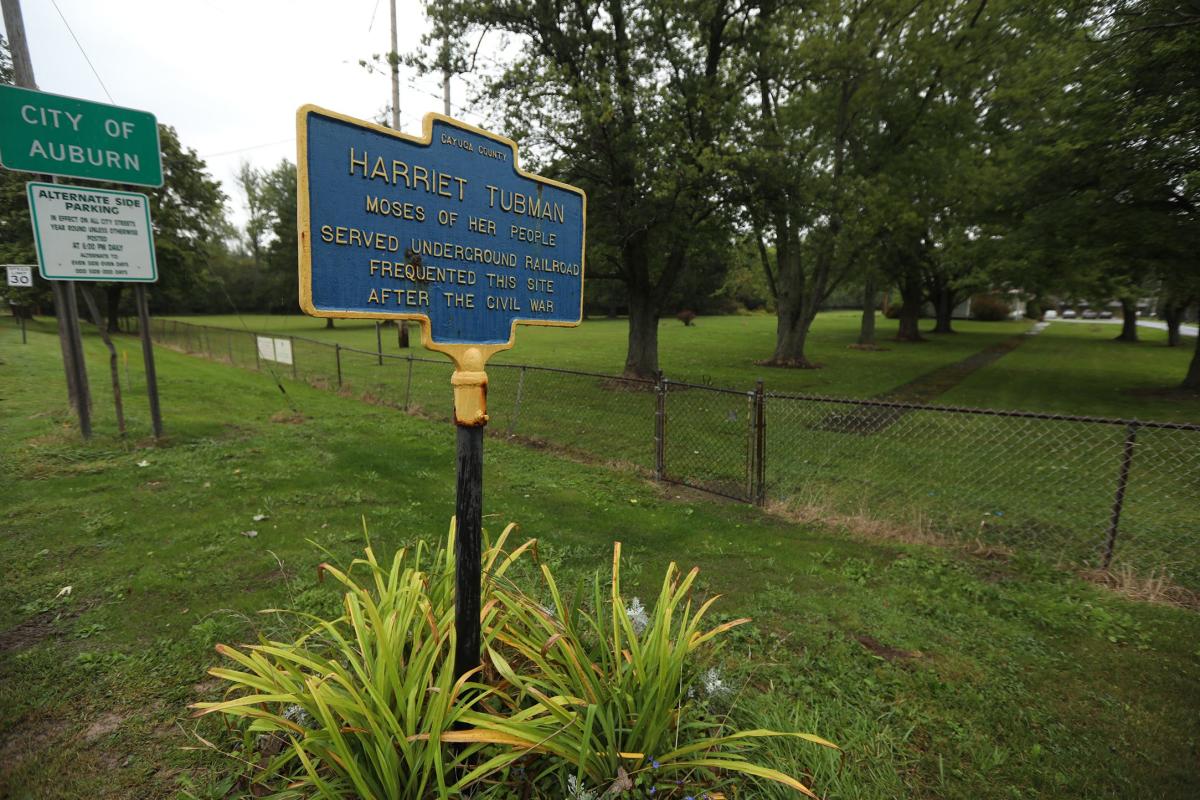The Underground Railroad Consortium of New York State wants to connect historic sites statewide via a 500-mile scenic byway to increase tourism and improve the public’s understanding of how Harriet Tubman and others helped enslaved people reach freedom before the Civil War.
“It will elevate and tell the story of many freedom seekers,” said Karen Kuhl, executive director of the Cayuga County Office of Tourism, a leader of the initiative and a consortium member. Auburn in Cayuga County is home to the Harriet Tubman National Historical Park. Tubman lived in Auburn for more than 50 years until she died in 1913, according to the National Park Service.
The Harriet Tubman Underground Railroad New York Corridor would run between New York City and Niagara Falls, passing through 21 counties, including Wayne, Monroe and Orleans, according to the consortium’s draft route.
Ultimately, the consortium aims to earn Scenic Byway status from the state and federal governments for the route and provide travelers with a cohesive path of Underground Railroad sites from southern Maryland to St. Catharines, Ontario, which is about 15 miles from Niagara Falls in New York.
More: If you’re watching ‘The Underground Railroad’ miniseries on Amazon, you need to visit these sites
The existing Harriet Tubman Underground Railroad Byway spans more than 200 miles from southern Maryland to Philadelphia, connecting 46 sites. That route inspired groups in New York to work toward a related byway, Kuhl said.
In Maryland, the Underground Railroad Byway has been a significant economic development agent, Kuhl said. A 2021 study about the byway’s economic impact on a two-county region concluded it contributed to more than $20 million in sales each year.
Tubman escaped from slavery in southern Maryland in 1849. Before the Civil War, she traveled back about 13 times, leading about 70 people to freedom. Many of those trips ended up in St. Catharines.
Although the New York byway would be named after Tubman, it would tell the story of many people who traveled and aided the Underground Railroad and recognize the many paths people took to freedom, Kuhl said.
In addition to several sites in Auburn, including Tubman’s home and church, potential corridor stops include the Stephen and Harriet Myers Residence in Albany, where abolitionists met, and the Niagra Falls Underground Railroad Heritage Center.
Four April meetings where the public can learn more about the proposed corridor are scheduled in northwestern New York:
-
Lockport: 3 p.m. on Friday, April 19, at Erie Canal Cruises, 210 Market Street.
-
Buffalo: 11 a.m. on Saturday, April 20, at Michigan Street African American Heritage Corridor, 136 Broadway.
-
Niagra Falls: 1 p.m. on Sunday, April 21, at Niagra Falls Underground Railroad Heritage Center, 825 Depot Ave. W.
-
Rochester: 6 p.m. on Monday, April 22, at Legacy Drama House, 112 Webster Ave.
In May, public meetings will be held in Auburn, Syracuse, Utica, Poughkeepsie and Westchester County.
Byway planners intend to show meeting attendees the proposed route and describe potential implications for the communities it would pass through, Kuhl said.
The initial planning process for the byway began in November and is expected to continue through October. The process will produce the foundation for a byway designation application to the state Department of Transportation, according to organizers.
Two Rochester organizations are part of the Underground Railroad Consortium of New York State: Rochester Museum & Science Center and AKWAABA: The Heritage Associates, which produces educational programming about the Underground Railroad.
This article originally appeared on Arizona Republic: What would a Harriet Tubman underground railroad corridor mean for NY?
